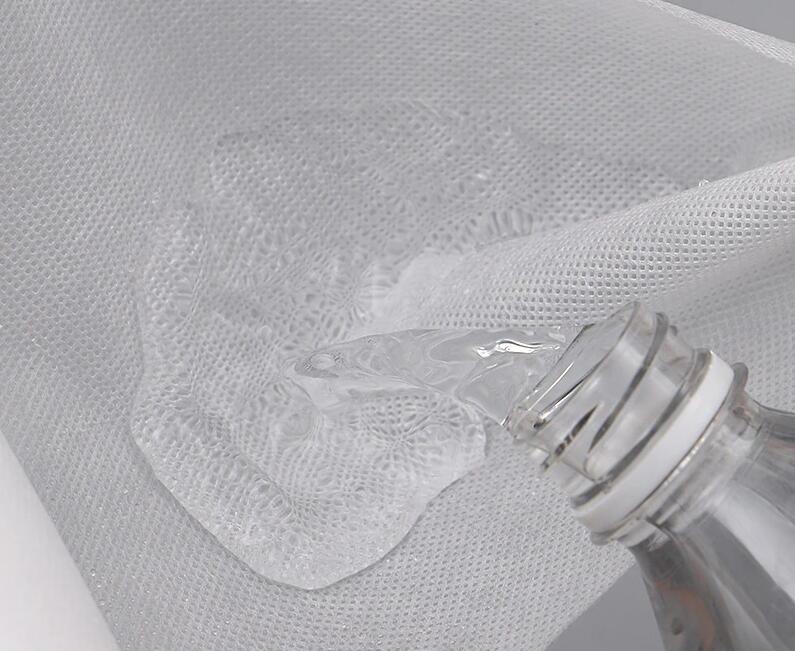SMS nonwoven fabric is a type of nonwoven fabric made from a combination of spunbond and meltblown processes. China is the biggest wholesale sms nonwoven fabric market. The acronym “SMS” stands for Spunbond-Meltblown-Spunbond, indicating the three layers that comprise the fabric. Here’s an overview of its characteristics, production process, and applications:

Characteristics of SMS Nonwoven Fabric
Structure:
Consists of two outer layers of spunbond fabric and a middle layer of meltblown fabric.
The spunbond layers provide strength and durability, while the meltblown layer offers excellent filtration properties.
Properties:
Breathability: Allows air and moisture vapor to pass through while blocking liquid water.
Fluid Resistance: The meltblown layer provides resistance to liquids, making it suitable for medical and protective applications.
Softness: Generally softer than other nonwoven fabrics, enhancing comfort for wearable products.
Lightweight: Easy to handle and transport, making it ideal for various applications.
Production Process
Spunbond Process:
Polypropylene or other thermoplastics are extruded into filaments.
These filaments are laid out in a web and bonded together through heat and pressure.
Meltblown Process:
Polymer is melted and blown through fine nozzles, creating a web of microfibers.
The meltblown layer is then layered between the two spunbond layers.
Bonding:
The layers are bonded together to form a cohesive fabric, typically using thermal bonding methods.
Applications of SMS Nonwoven Fabric
Medical and Healthcare:
Used in surgical gowns, masks, drapes, and other medical disposables due to its fluid resistance and breathability.
Provides a barrier against bacteria and fluids, crucial for infection control.
Personal Protective Equipment (PPE):
Commonly used in the production of protective clothing for healthcare workers and industrial applications.
Hygiene Products:
Utilized in disposable diapers, feminine hygiene products, and adult incontinence products due to its softness and absorbency.
Industrial Uses:
Employed in filtration applications, including air and liquid filters, due to its fine fiber structure.
Home and Consumer Goods:
Used in various household items like cleaning wipes, disposable tablecloths, and other nonwoven products.
Key Advantages
Versatility: Suitable for a wide range of applications across different industries.
Cost-Effective: Generally less expensive to produce than woven fabrics, making it a popular choice for disposable products.
Environmental Considerations: Some manufacturers produce SMS fabrics with recyclable or biodegradable options.
SMS nonwoven fabric combines the benefits of both spunbond and meltblown technologies, making it a highly functional and widely used material in various fields, especially in healthcare and hygiene applications.
Post time: Sep-05-2024
